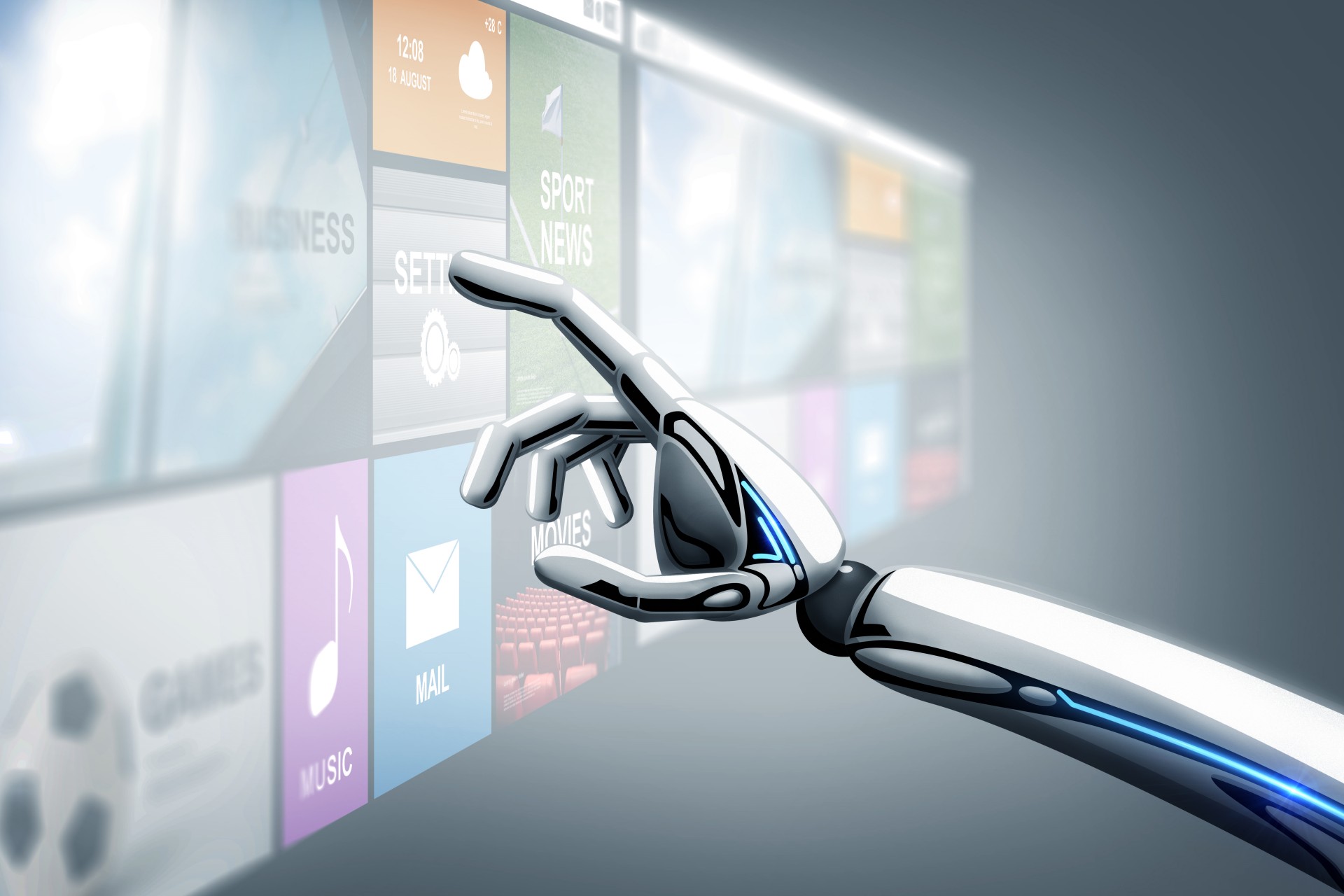Home >Technology peripherals >AI >Machine learning is the future of contact centers
Machine learning is the future of contact centers
- WBOYWBOYWBOYWBOYWBOYWBOYWBOYWBOYWBOYWBOYWBOYWBOYWBforward
- 2024-02-19 22:33:47931browse
The application of machine learning in contact centers will change the rules of the game.
Businesses must leverage this technology to make dealing with contact centers less tedious for already dissatisfied customers.

The success of a contact center is primarily determined by two key performance indicators - average call handling time (AHT) and customer satisfaction ratings. This means that each call not only needs to be handled quickly, but the caller’s issue needs to be permanently resolved, avoiding callbacks or escalations. This becomes even more difficult during more challenging times, such as during a pandemic. Machine learning and cognitive automation can help solve these problems, allowing contact centers to handle customer complaints and issues faster and more efficiently. Applying machine learning to CRM systems can positively change the future of contact centers.
1. Reduce call handling time
One of the things that customers hate most when calling a customer service center is long wait times. Long wait times are frustrating for callers and may make them feel like their time isn't being respected. This situation can cause customers to abandon using the organization's products or services simply because they are unwilling to spend a long time waiting for a response from a customer service agent. Studies show that long waits cost people collectively hundreds of billions of dollars every year. From a business perspective, this represents an organization's lost productivity of approximately $900 per employee.
The deployment of voice chatbots and text chatbots has helped enterprises improve customer service efficiency to a great extent. For example, voice chatbots can interact with customers immediately, reducing call wait times. They use natural language processing (NLP) to understand customer issues and are able to handle simple customer dissatisfaction or requests, such as correcting errors in a booking or adding additional services. For more complex issues, the system can route calls to subject matter experts to ensure customers receive timely resolution. The contact center of the future will rely more heavily on these technologies to improve customer satisfaction and responsiveness. By integrating voice and text chatbots, businesses can better meet customer needs, improve business efficiency, and strengthen the connection between customers and their brands.
2. Improve customer experience
Some organizations’ contact centers are located in offshore areas. Customer service agents in these places may encounter language and accent barriers when communicating with international customers, resulting in Call handling and problem resolution became slow. NLP technology enables voice chatbots to overcome language and accent barriers, effectively understand customer needs and problems, and improve the efficiency and quality of customer service.
Customers often become frustrated and impatient when they keep repeating their questions during a call. The application of artificial intelligence in customer service can speed up problem identification and resolution and improve customer satisfaction. The application of this technology can help customers get the help they need faster and improve their overall experience and recognition of services.
Future customer service centers will be able to improve the efficiency and speed of communication by integrating artificial intelligence technology into customer relationship management communications.
The above is the detailed content of Machine learning is the future of contact centers. For more information, please follow other related articles on the PHP Chinese website!
Related articles
See more- Detailed introduction to python machine learning decision tree
- Example tutorial of PHP machine learning library php-ml
- Top 10 Machine Learning Algorithms You Need to Know
- Machine Learning: Making Predictions with Python
- Machine Learning for Blockchain: The Most Important Advances and What You Need to Know

